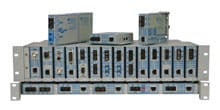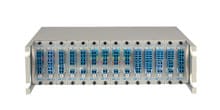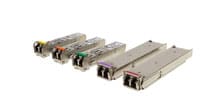- Products
- PoE Media Converters and Switches
- Ethernet & PoE Switches Product Selector
- Multi-Gigabit Ethernet and PoE Switches
- PoE PSE Commercial Switches
- PoE PSE Industrial Fiber Switches
- PoE Industrial Copper Extenders
- PoE Powered Media Converters
- PoE PSE Media Converters
- PoE Extenders & Injectors Product Selector
- Pluggable Transceivers Product Selector
- Single Pair PoE Products
- Product Lines
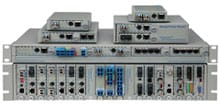
- iConverter Managed Multi-service Platform
- Copper to Fiber Media Converters
- Ethernet Media Converters
- 10 Gigabit Copper-to-Fiber
- 10/100/1000 Copper to 10 Gigabit Fiber
- 10/100/1000 Copper-to-Fiber with Integrated Management
- 10/100/1000 Industrial Copper-to-Fiber with Integrated Management
- 10/100/1000 Copper-to-Fiber with VLAN
- 10/100/1000 Dual Media Converter with VLAN
- Gigabit Copper-to-Fiber
- 10/100 Copper-to-Fiber with Integrated Management
- 10/100 Industrial Copper-to-Fiber with Integrated Management
- 10/100 Copper-to-Fiber with VLAN
- 10/100 Copper-to-Fiber
- Fast Ethernet Copper-to-Fiber
- Fast Ethernet Redundant Links
- 10Mbps Copper-to-Fiber
- 10Mbps Copper to Coax
- TDM Media Converters
- Serial Media Converters
- Ethernet Media Converters
- Fiber to Fiber Media Converters
- 10 Gigabit Fiber-to-Fiber Converter and Transponder
- 10 Gigabit Industrial Converter and Transponder
- SFP-to-SFP Fiber Converter and Transponder
- SFP-to-SFP Industrial Fiber Converter and Transponder
- Gigabit Fiber to-Fiber with 3 Rs
- 100/1000 Fiber-to-Fiber with 3 Rs
- Gigabit Fiber-to-Fiber
- Fast Ethernet Fiber-to-Fiber with 3 Rs
- Fast Ethernet Fiber-to-Fiber
- OC-3/STM-1 Fiber-to-Fiber
- OC-12/STM-4 Fiber-to-Fiber
- Carrier Ethernet Network Interface Devices
- CE 2.0 - 10G Demarcation NID
- CE 2.0 - 10/100/1000 Mult-port NID
- CE 2.0 - 10/100/1000 Mult-port NID with PoE
- CE 2.0 - 10/100/1000 8-Port NID
- CE 1.0 Service OAM - 10/100/1000 NID
- CE 1.0 Link OAM - 10/100/1000 Copper-to-Fiber NID
- CE 1.0 Link OAM - 10/100 Copper-to-Fiber NID
- CE 1.0 Link OAM - Gigabit Fiber-to-Fiber NID
- CE 1.0 Link OAM - Fast Ethernet Fiber-to-Fiber NID
- CWDM Multiplexers
- T1/E1 Multiplexers
- Ethernet Switch Modules
- Management System
- Chassis Options

- 1-Module Industrial Chassis
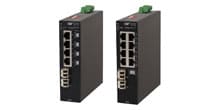
- RuggedNet Industrial Switches and Extenders
- Industrial PoE PSE Fiber Switches
- Multi-Gigabit Managed Industrial PoE+/BT Switches
- Multi-Gigabit Unmanaged Industrial PoE+/BT Switches
- 10G Managed 802.3bt PoE Switches
- 10G Unmanaged 802.3bt PoE Switches
- 10G Managed PoE+ Switches
- 10G Unmanaged PoE+ Switches
- 1G Managed PoE+ Switches
- 1G Unmanaged PoE+ Switches
- 1G Unmanaged 802.3bt PoE Switches
- 1G Managed 802.3bt PoE Switches
- Industrial SPE Switches
- Industrial Ethernet Switches
- Industrial PoE Copper Extenders
- Industrial Power Supplies

- OmniConverter Media Converter, Switches and Extenders
- PoE PSE Media Converters
- 10G Multi-Gigabit / Multi-Rate PoE Media Converter
- 10G Multi-Gigabit / Multi-Rate Media Converter
- 10/100 Multi-port PoE+ Media Converter
- 10/100 PoE+ Media Converter
- 10/100/1000 Multi-Port PoE+ Media Converter
- Industrial 10/100/1000 Multi-Port PoE+ Media Converter
- 10/100/1000 PoE+ Media Converter
- 10/100/1000 PoE++ 60W-100W Media Converter
- Industrial 10/100 Multi-port PoE+ Media Converter
- 1U Rack-Mount Shelf
- PoE PSE Compact Switches
- Multi-Gigabit Managed PoE+/BT Switches
- Multi-Gigabit Unmanaged PoE+/BT Switches
- 10G Managed 802.3bt PoE Switches
- 10G Unmanaged 802.3bt PoE Switches
- 10G Managed PoE+ Switches
- 10G Unmanaged PoE+ Switches
- 1G Managed PoE+ Switches
- 1G Unmanaged PoE+ Switches
- 1G Managed 802.3bt PoE Switches
- 1G Unmanaged 802.3bt PoE Switches
- Ethernet Switches
- Single Pair Ethernet (SPE)
- PoE Copper Extenders
- PoE Injectors
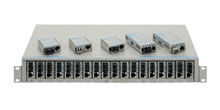
- miConverter Unmanaged Miniature Media Converters
- 10/100/1000 Copper-to-Fiber
- Industrial 10/100/1000 Copper-to-Fiber
- 10/100/1000 Ultra-Compact Copper-to-Fiber
- Gigabit Copper-to-Fiber
- 10/100/1000 Copper-to-Fiber PoE Powered
- 10/100 Copper-to-Fiber
- 10/100 Ultra-Compact Copper-to-Fiber
- 10/100 Copper-to-Fiber PoE Powered
- 18-Module Chassis
- Industrial 10/100 Copper-to-Fiber PoE Powered
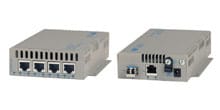
- FlexSwitch Compact Switches
- Solutions
- Company
- Support
- How to Buy
Intelligent Transportation Systems: How Fiber and PoE Are Transforming Highway Communication!

Every year, traffic congestion costs U.S. drivers more than $120 billion in lost time and fuel according to the Texas A&M Transportation Institute. Add to that the rising safety concerns on highways, and the need for modern, efficient, and connected road infrastructure becomes urgent.
This is where Intelligent Transportation Systems (ITS) come in. By leveraging fiber optic highway communication and industrial PoE switches, ITS is transforming how highways operate—enhancing safety, improving traffic flow, and enabling real-time data-driven decisions.
At Omnitron systems, we’ve worked with transportation agencies across the U.S. to deliver robust highway network connectivity solutions designed for long distances, harsh conditions, and mission-critical uptime. This article breaks down exactly how fiber and PoE are modernizing highway communication infrastructure—and why ITS is essential for the future of smart highways.
What are Intelligent Transportation Systems?
Intelligent Transportation Systems (ITS) are advanced applications that integrate communication technologies into transportation networks to improve efficiency, safety, and reliability.
In simple terms, ITS uses fiber networks, roadside communication systems, and smart devices to connect traffic signals, cameras, sensors, tolling systems, and emergency response units.
For highways, ITS means:
- Faster emergency response when accidents happen
- Optimized traffic flow through real-time monitoring
- Better highway safety with automated alerts and incident detection
- Connected roadside infrastructure powered by secure, high-bandwidth networks
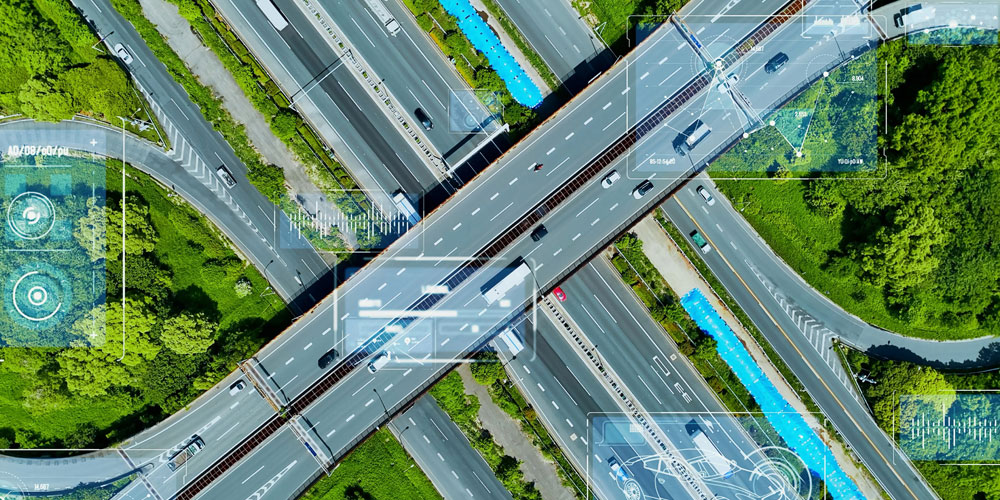
ITS is not just a technology—it’s a framework for safer, smarter transportation.
Why Intelligent Transportation Systems Are Important
Highways are the arteries of modern economies, yet congestion and accidents remain daily challenges. ITS provides tangible benefits, including:
- Traffic Safety: The U.S. Department of Transportation reports that ITS-enabled systems like automated incident detection reduce accident clearance times by up to 40%.
- Accident Reduction: Smarter traffic management lowers secondary crash risks by providing real-time driver alerts.
- Emergency Response: Connected roadside systems allow emergency crews to respond faster with live location data.
- Smoother Traffic Flow: ITS optimizes lane use and reduces gridlock, cutting commuter delays.
Together, these advantages show that Intelligent Transportation Systems are more than just a technology upgrade—they are the foundation for safer, cleaner, and more efficient highways. But achieving these results depends on having the right communication backbone in place. That’s where fiber optic networks and industrial PoE switches come in, delivering the reliable connectivity and power that modern ITS deployments require.
How Fiber and Industrial PoE Switches Modernize Highway Communication
Traditional copper infrastructure cannot keep up with modern ITS demands. To deliver high bandwidth, long-distance communication, and reliable power, agencies are turning to fiber optic networks and industrial PoE (Power over Ethernet) switches.
Key Ways They Enable Modern Highway Infrastructure
- Solving Long-Distance Communication Issues: Fiber optic highway communication supports tens of kilometers of connectivity without signal degradation.
- Overcoming Copper Limitations: Aging copper cabling struggles with bandwidth and interference. Fiber provides gigabit+ speeds essential for ITS.
- Ensuring Power and Bandwidth with Industrial PoE Switches: Roadside devices—cameras, sensors, Wi-Fi APs—require both data and power. PoE simplifies this by sending power directly over Ethernet.
- Withstanding Harsh Environmental Conditions: Industrial PoE switches and fiber extenders are built for extreme temperatures, dust, and vibration, ensuring uptime in roadside deployments.
- Enabling Traffic Management Technology: From adaptive traffic lights to automated tolling, fiber + PoE enables low-latency, reliable communication for all ITS solutions.
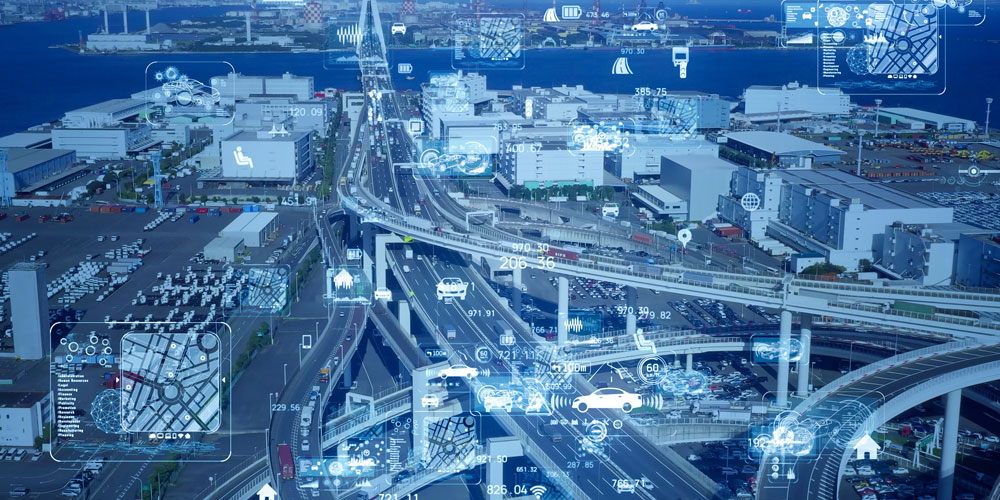
Omnitron’s fiber and PoE solutions are designed specifically for these conditions, ensuring mission-critical performance on every highway deployment.
Common Challenges in Highway Communication Infrastructure
While the benefits are clear, deploying ITS comes with challenges:
- Aging Copper Infrastructure: Limited reach and high maintenance costs.
- Long-Distance Runs: Many highways stretch across remote areas, requiring extended fiber backbones.
- Harsh Conditions: Outdoor roadside systems face extreme heat, cold, dust, and weather.
- Downtime Risks: A single network outage can disrupt traffic safety operations.
Omnitron has helped agencies overcome these challenges by deploying redundant fiber solutions, PoE extenders, and hardened switches across national highways.
Expert Tips for Successful ITS Deployment
Based on real-world experience, here are proven tips for highway ITS rollouts:
- Plan for Redundancy: Always design fiber networks with failover paths to prevent downtime.
- Use Industrial-Grade Hardware: Commercial switches can’t handle extreme roadside conditions—choose hardened PoE solutions.
- Future-Proof Bandwidth: Build networks that can scale to AI-driven traffic management and connected vehicles.
- Centralized Management: Use monitoring systems that allow operators to see all devices across the highway in real time.
- Leverage Case Studies: Learn from other deployments—Omnitron’s highway projects provide a tested blueprint.
FAQs about Intelligent Transportation Systems
How does fiber improve highway communication?
Fiber delivers high bandwidth, low latency, and long-distance connectivity, making it ideal for ITS deployments where copper would fail.
What is Industrial PoE, and why is it used in ITS?
Industrial PoE switches provide both power and data over Ethernet to roadside devices, simplifying deployments and reducing cabling costs.
Can ITS reduce traffic accidents?
Yes. By enabling real-time monitoring and automated driver alerts, ITS reduces both primary and secondary accidents on highways.
What environmental factors affect highway ITS deployment?
ITS hardware must withstand temperature swings, vibration, dust, and weather. That’s why agencies use ruggedized fiber and PoE equipment.
How does ITS support future smart highways?
ITS infrastructure forms the backbone for connected vehicles, AI traffic systems, and autonomous driving, ensuring highways are future-ready.
Conclusion
Intelligent Transportation Systems are no longer optional—they are the foundation of safer, smarter, and more efficient highways. By combining fiber optic highway communication with industrial PoE switches, agencies can modernize their roadside infrastructure, improve traffic safety, and enable next-generation traffic management technology.
At Omnitron Systems, we provide the fiber, PoE, and network solutions that keep highways connected and future-ready.
Ready to modernize your transportation infrastructure? Explore our Industrial PoE Switches or Learn more about our Fiber Solutions today.

